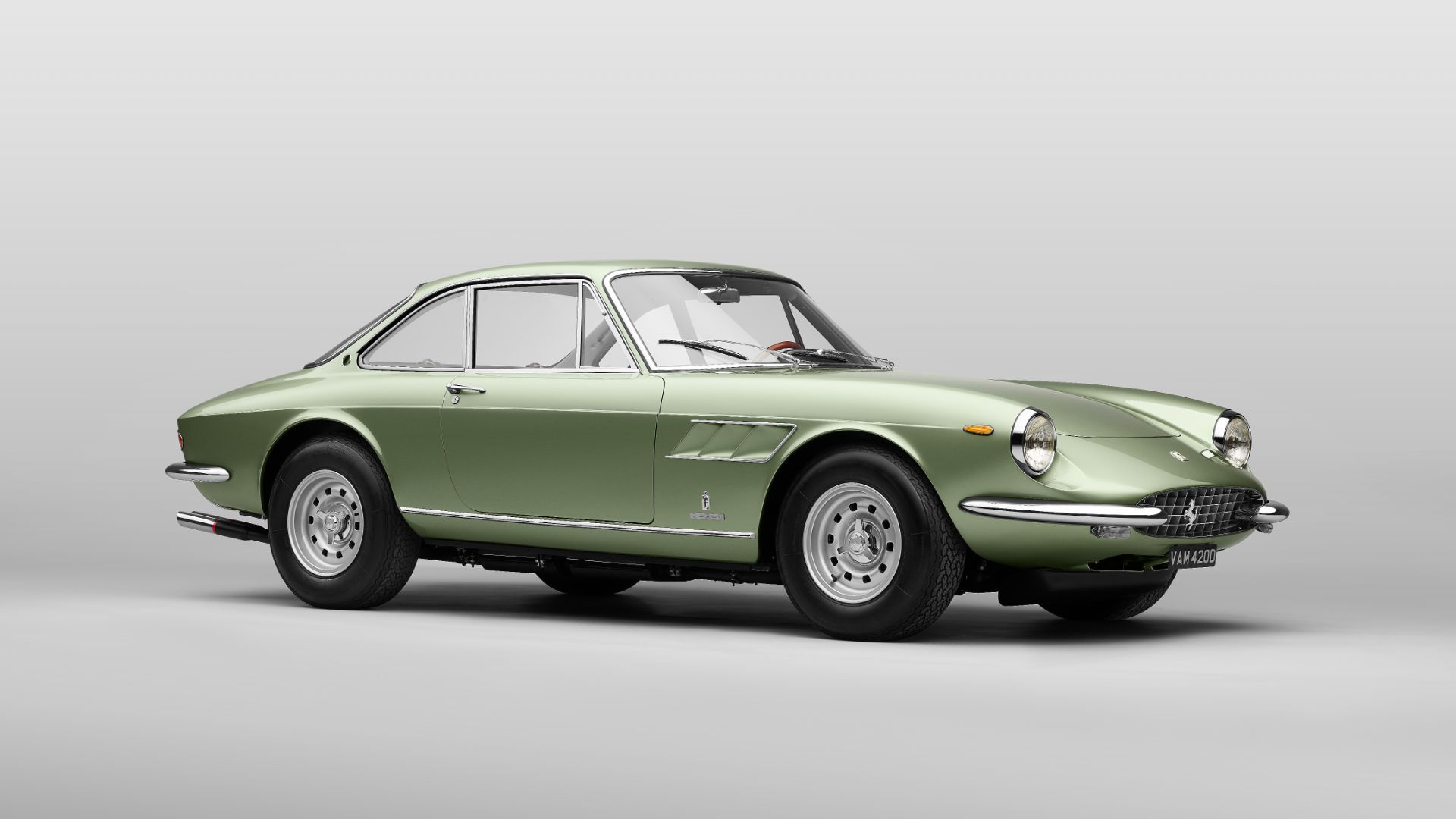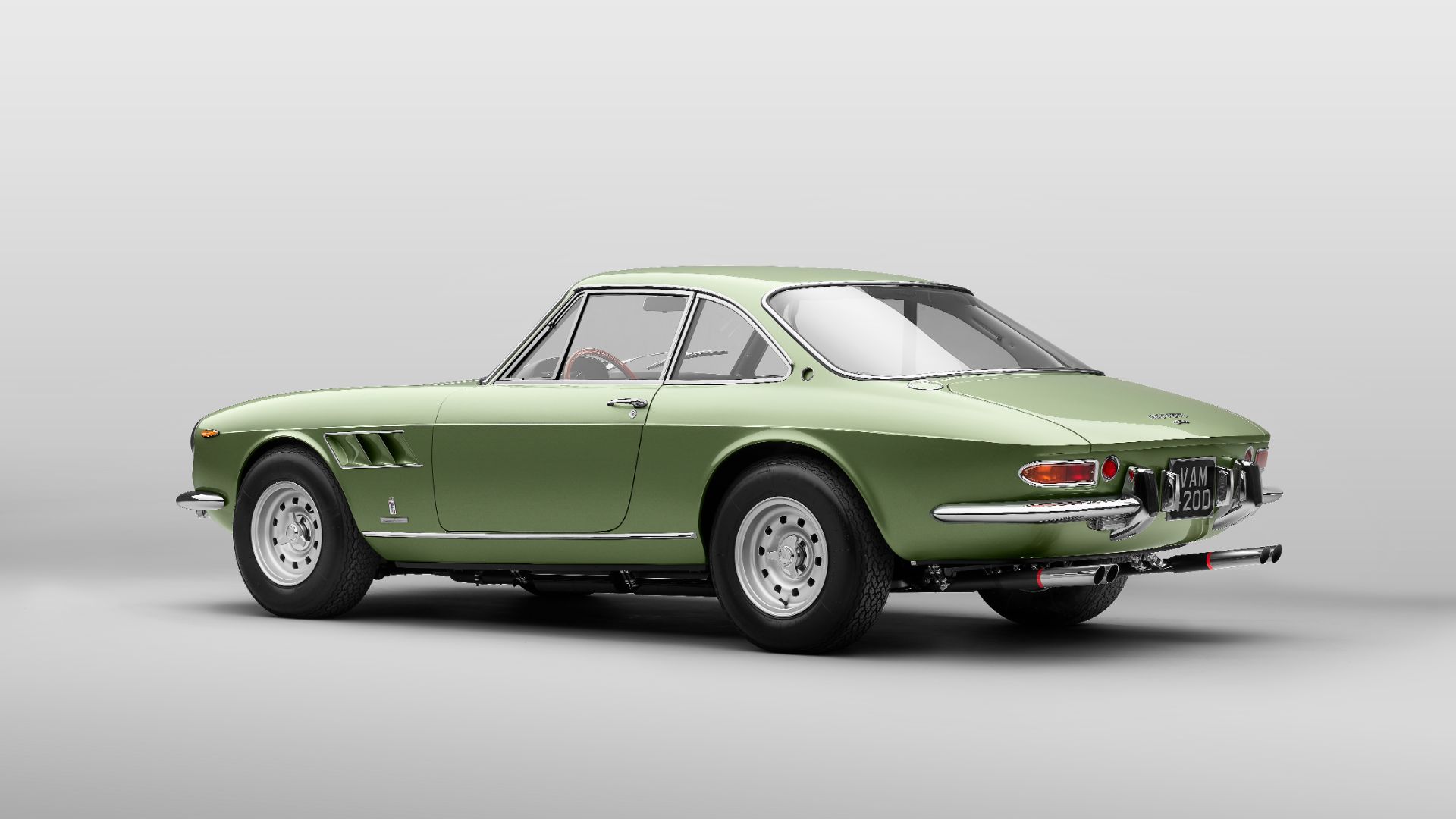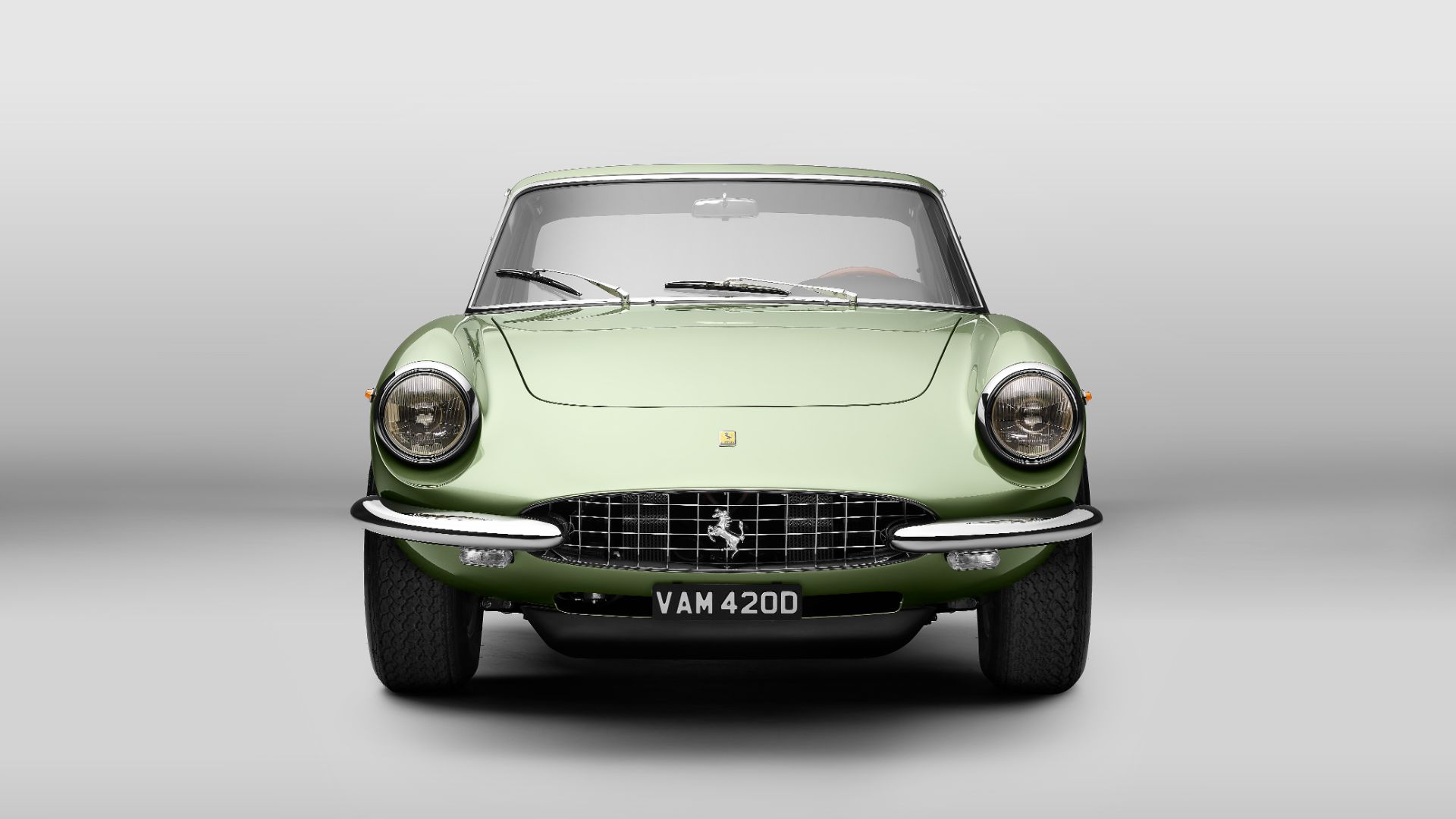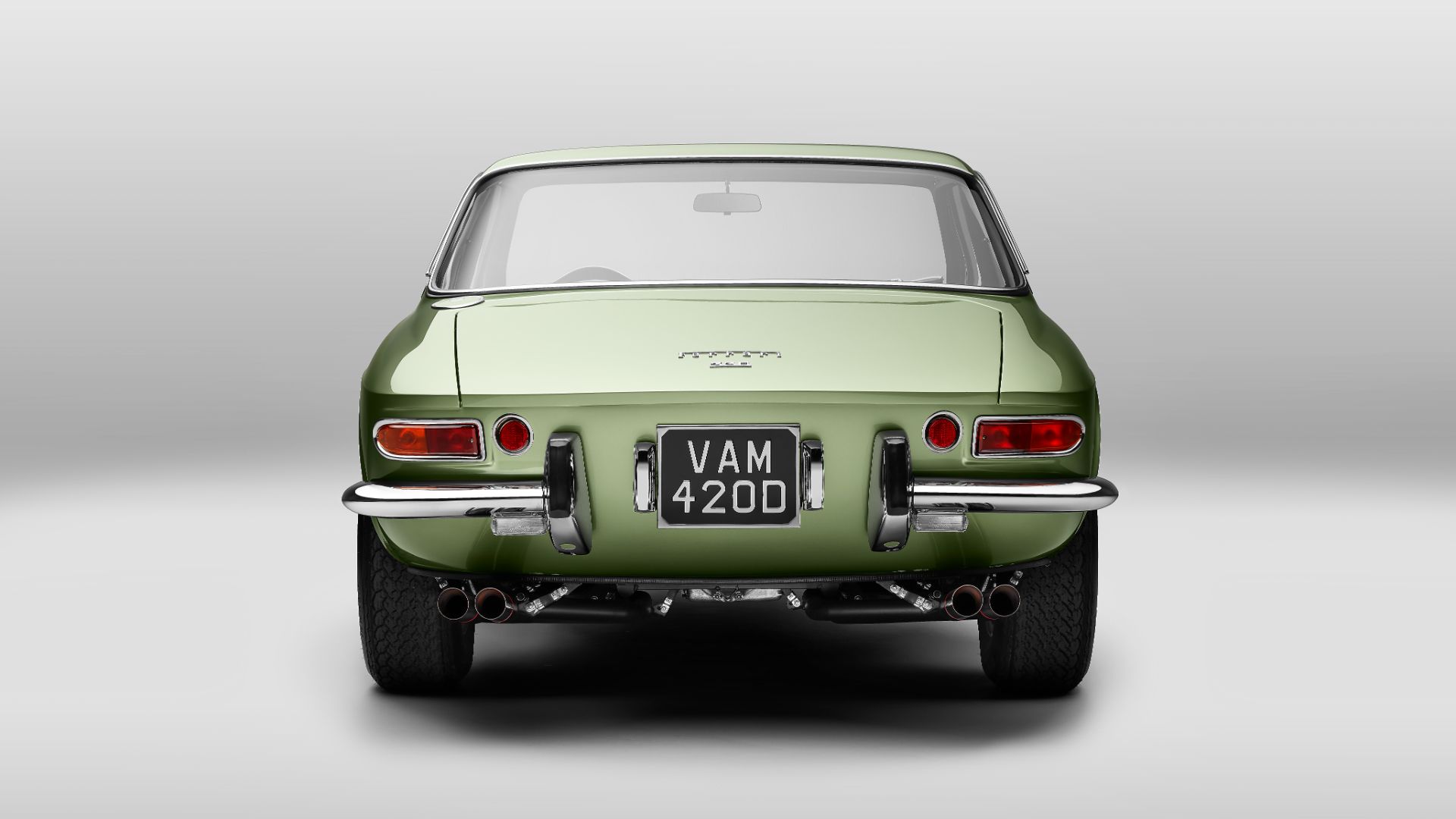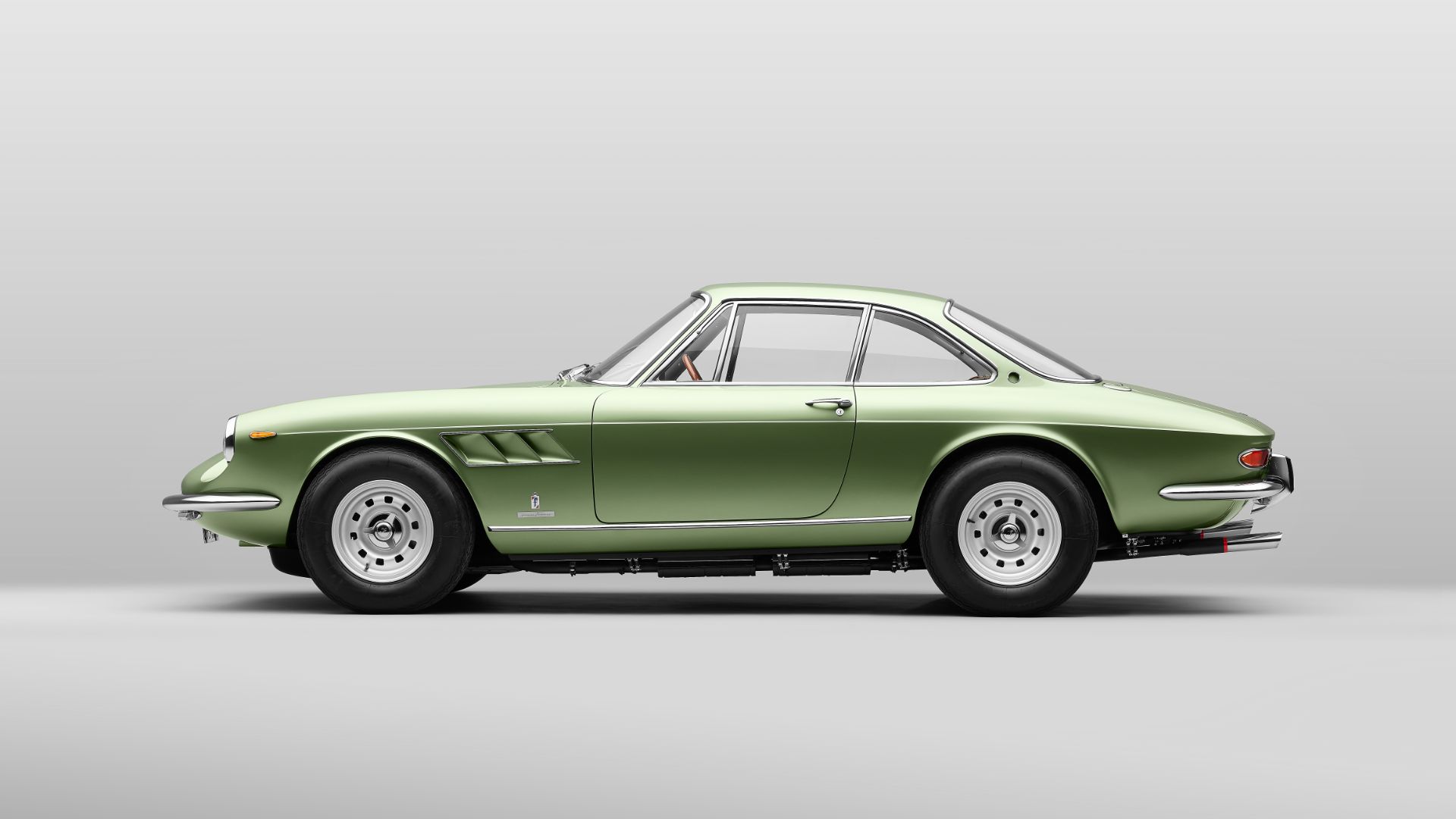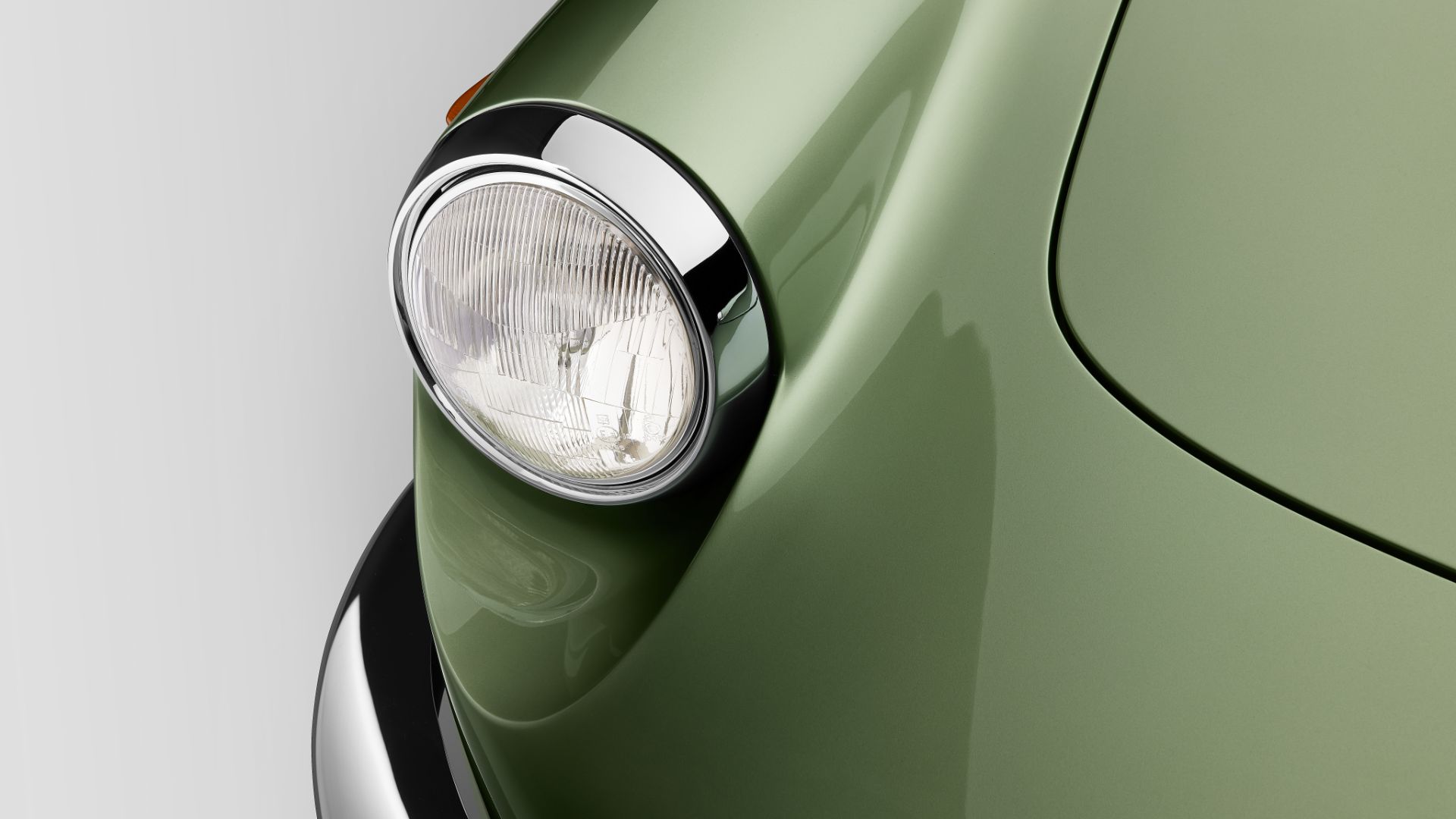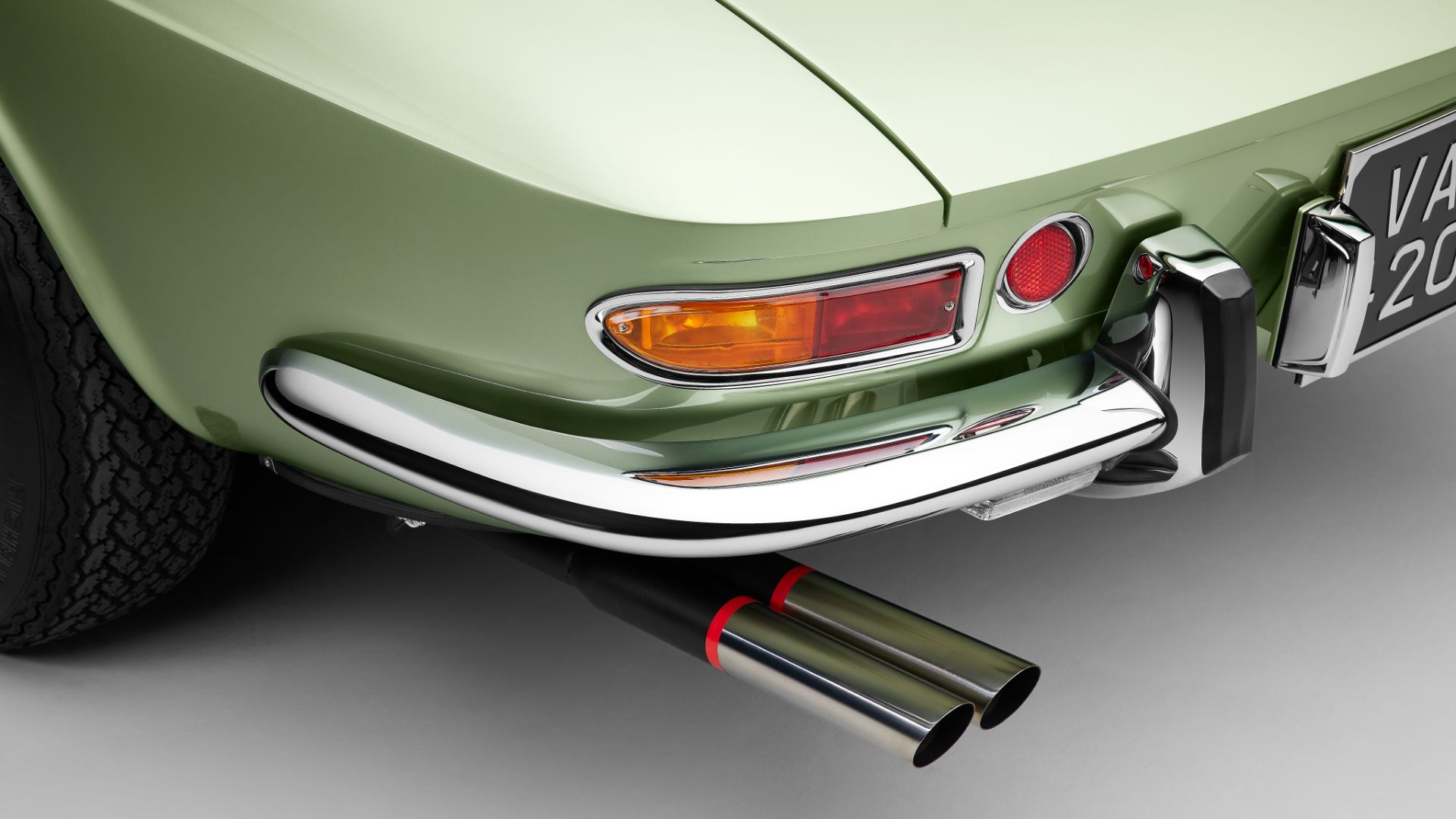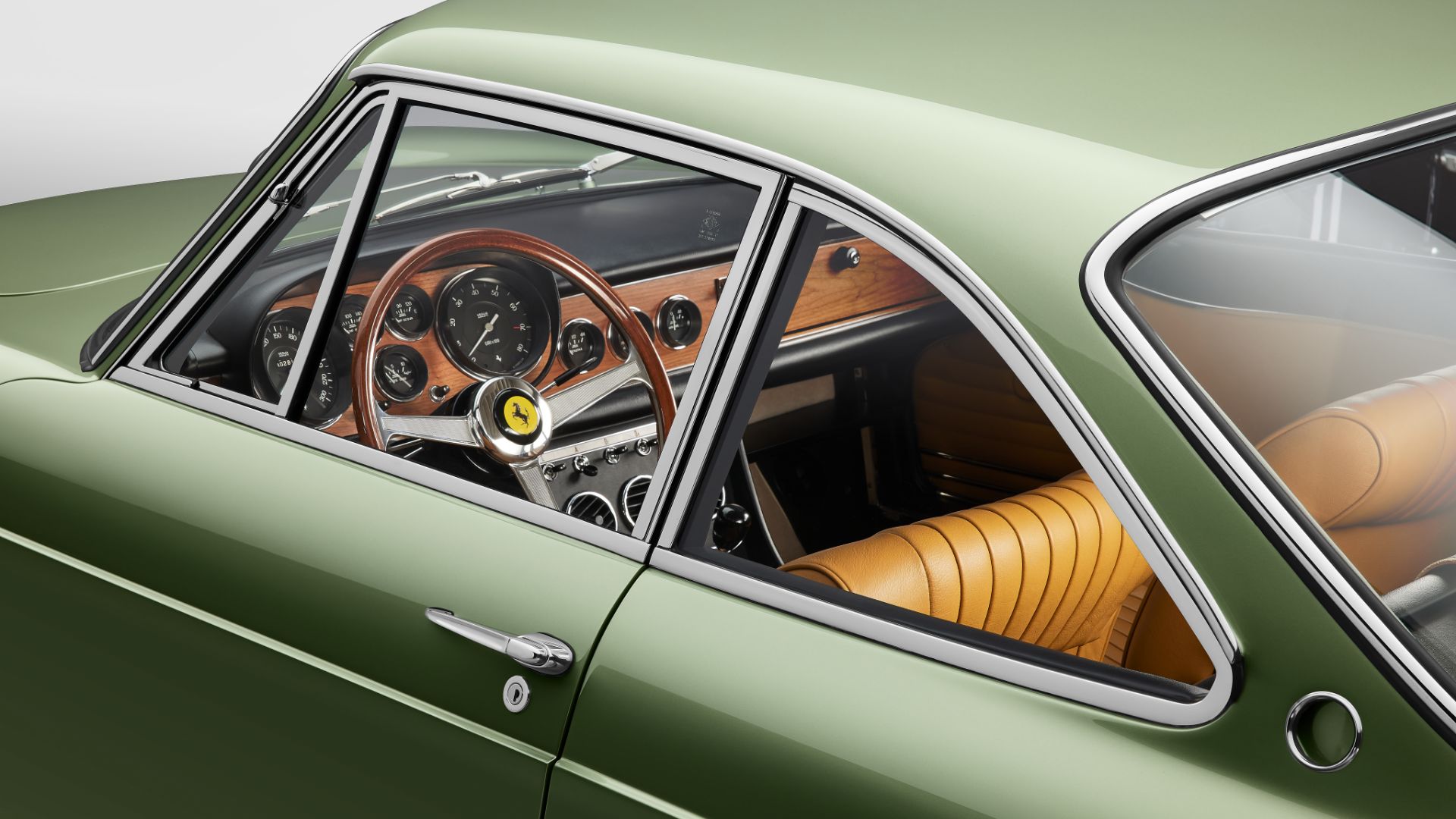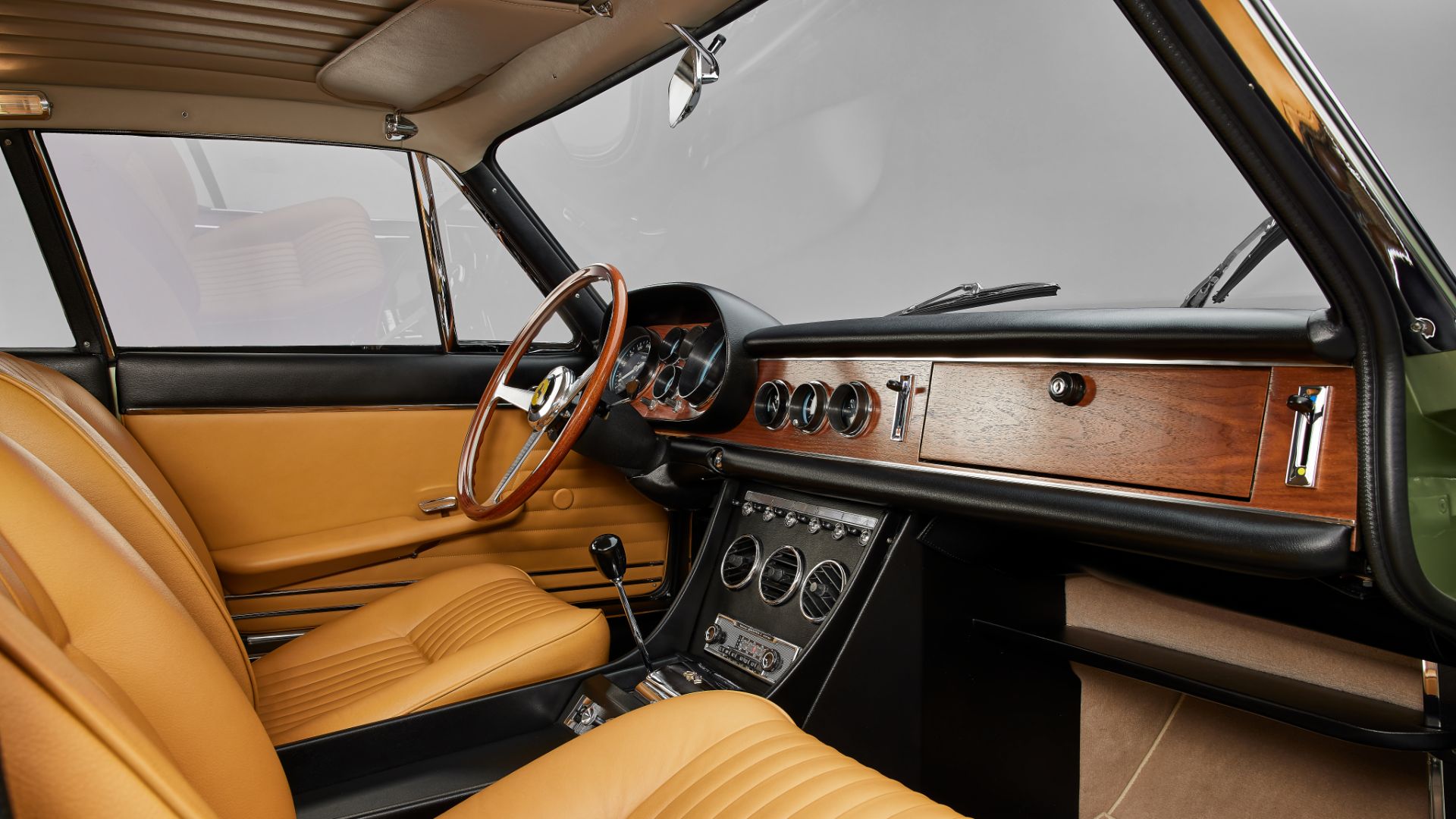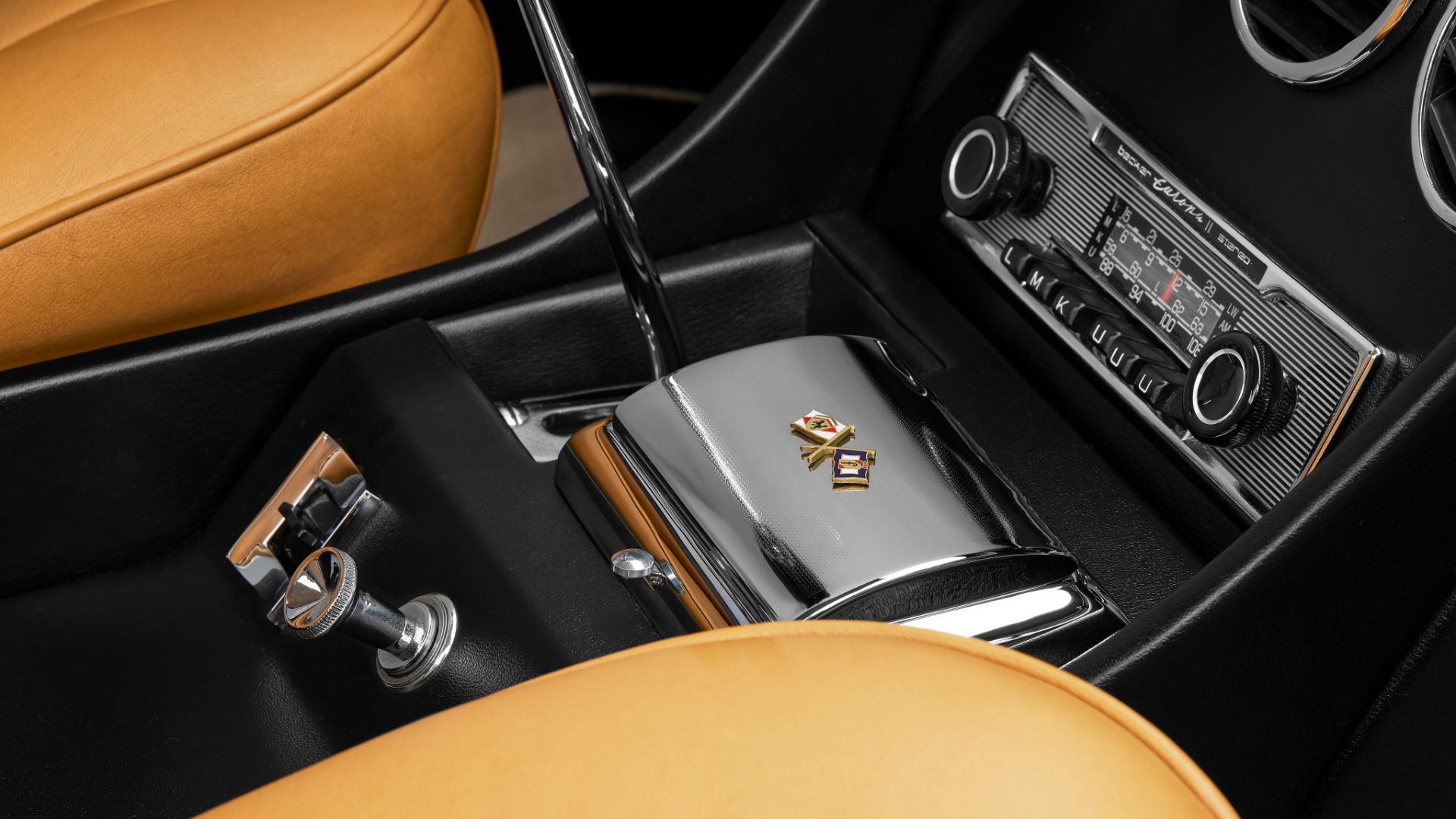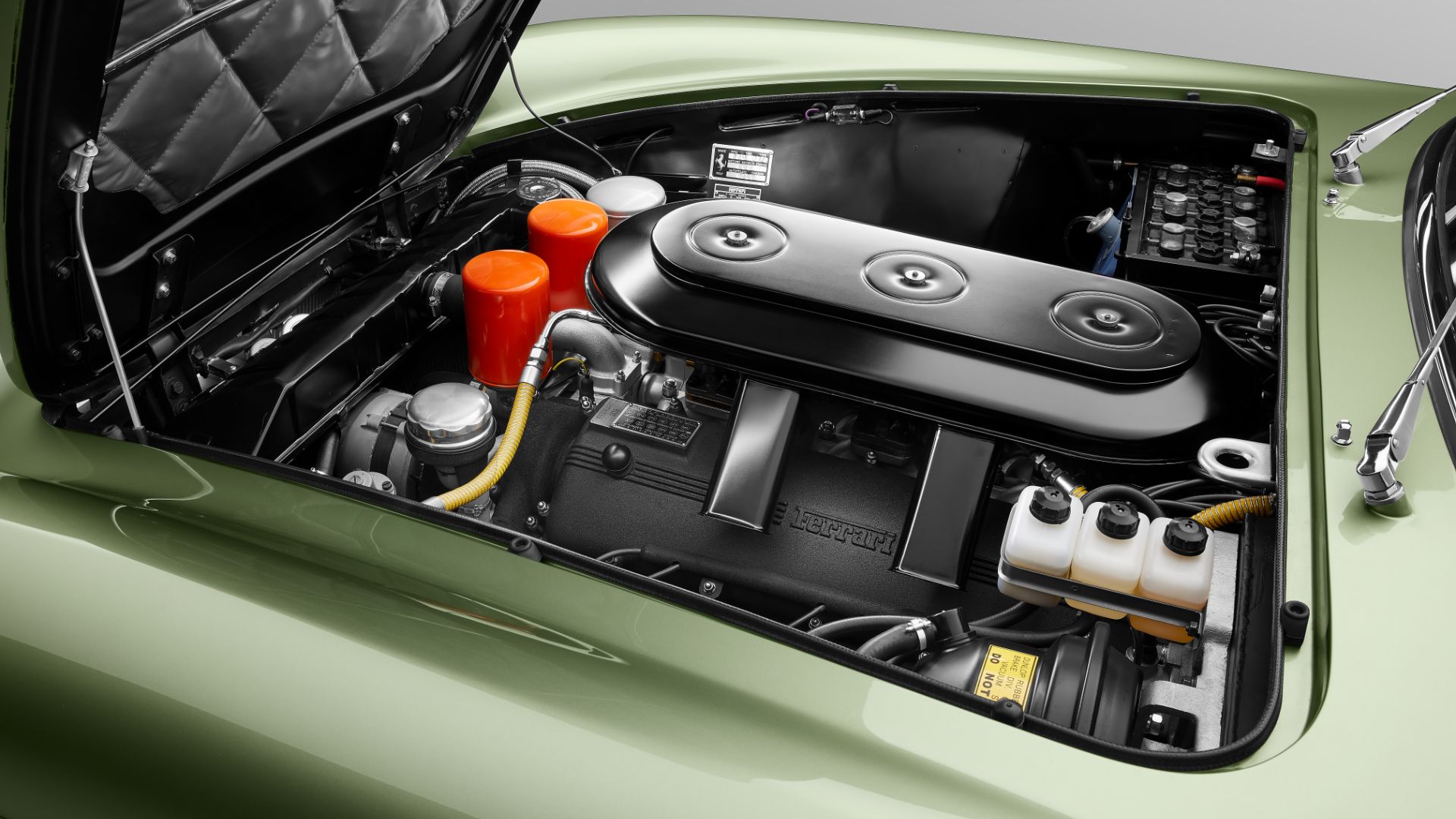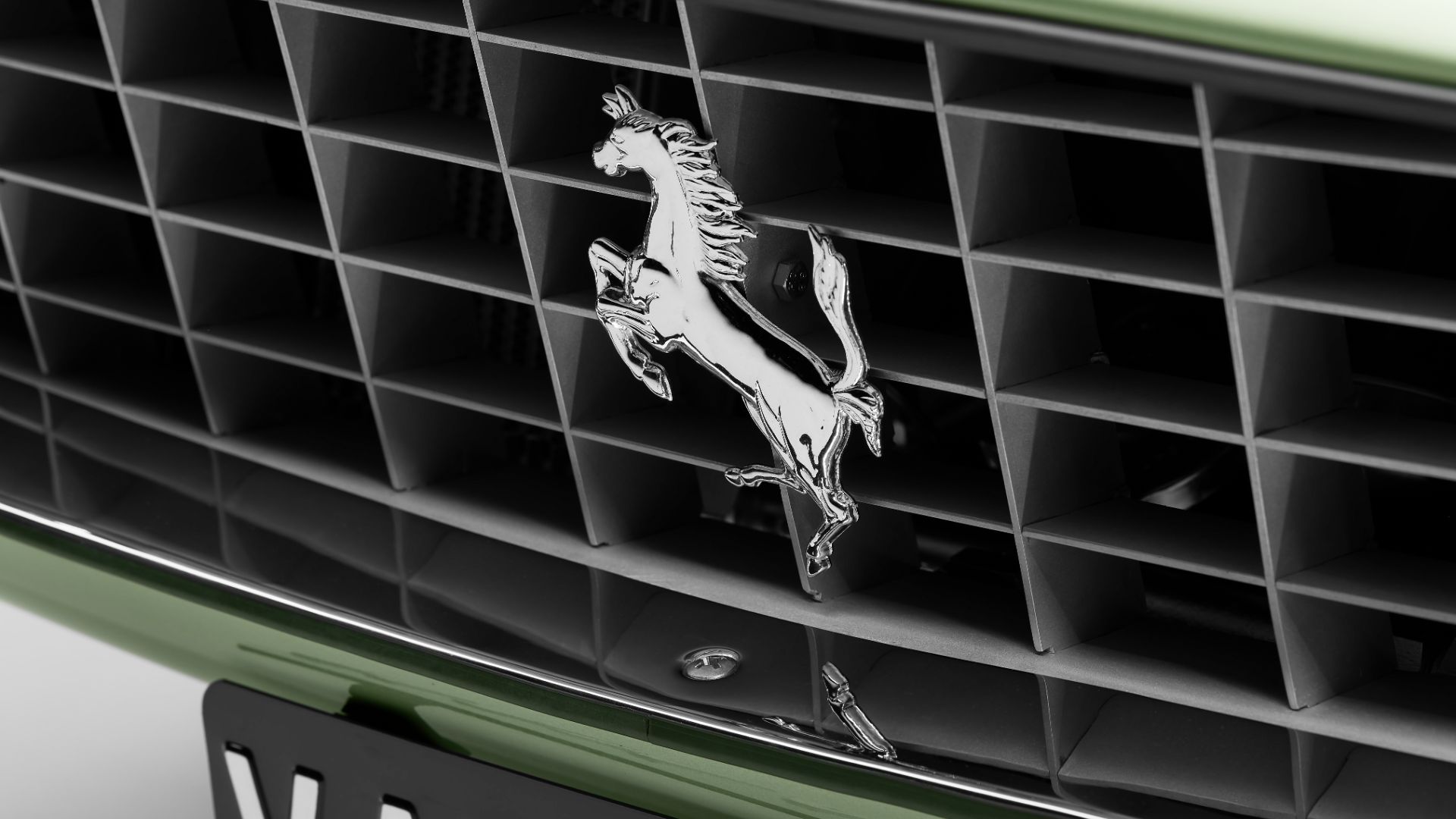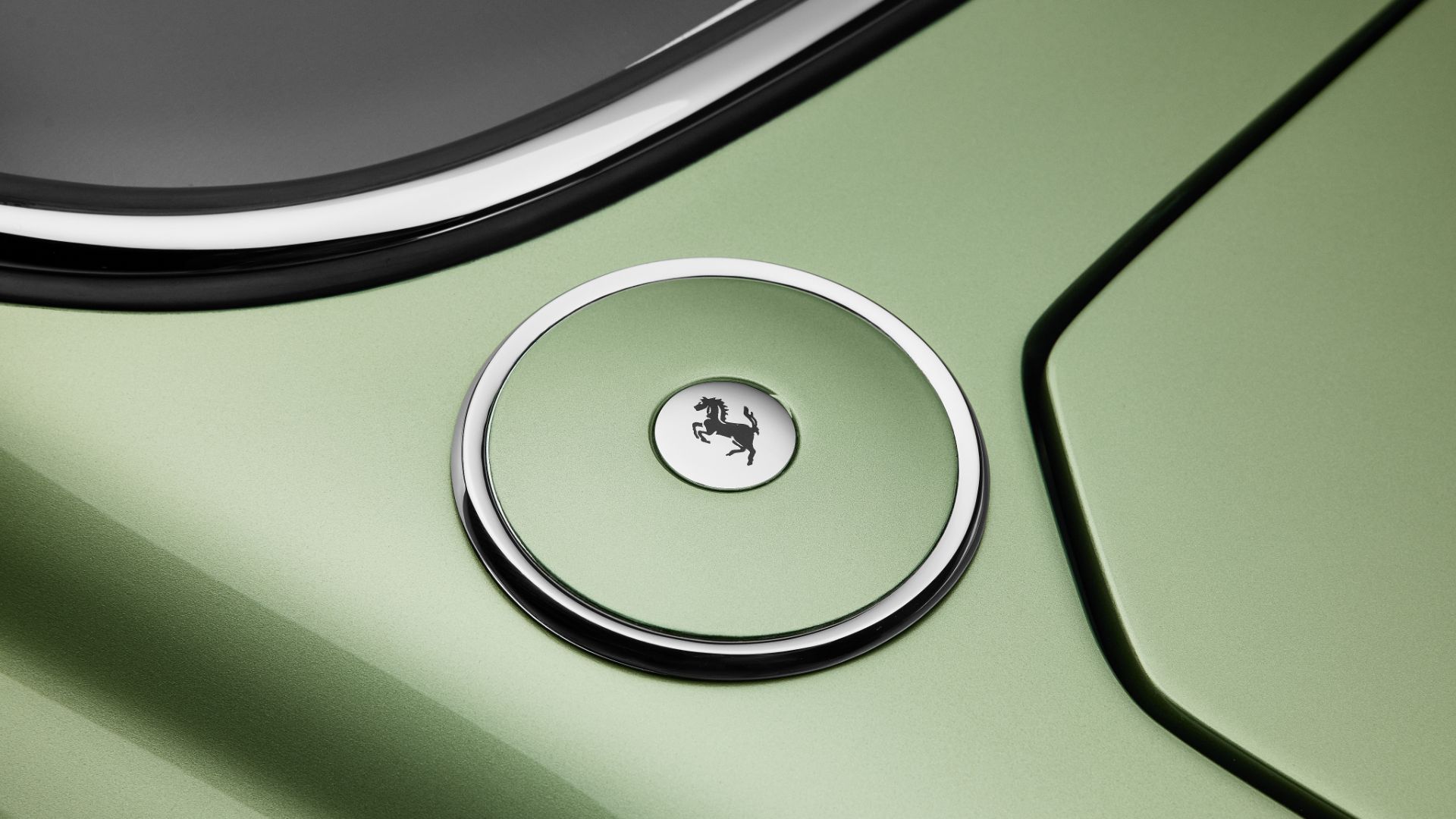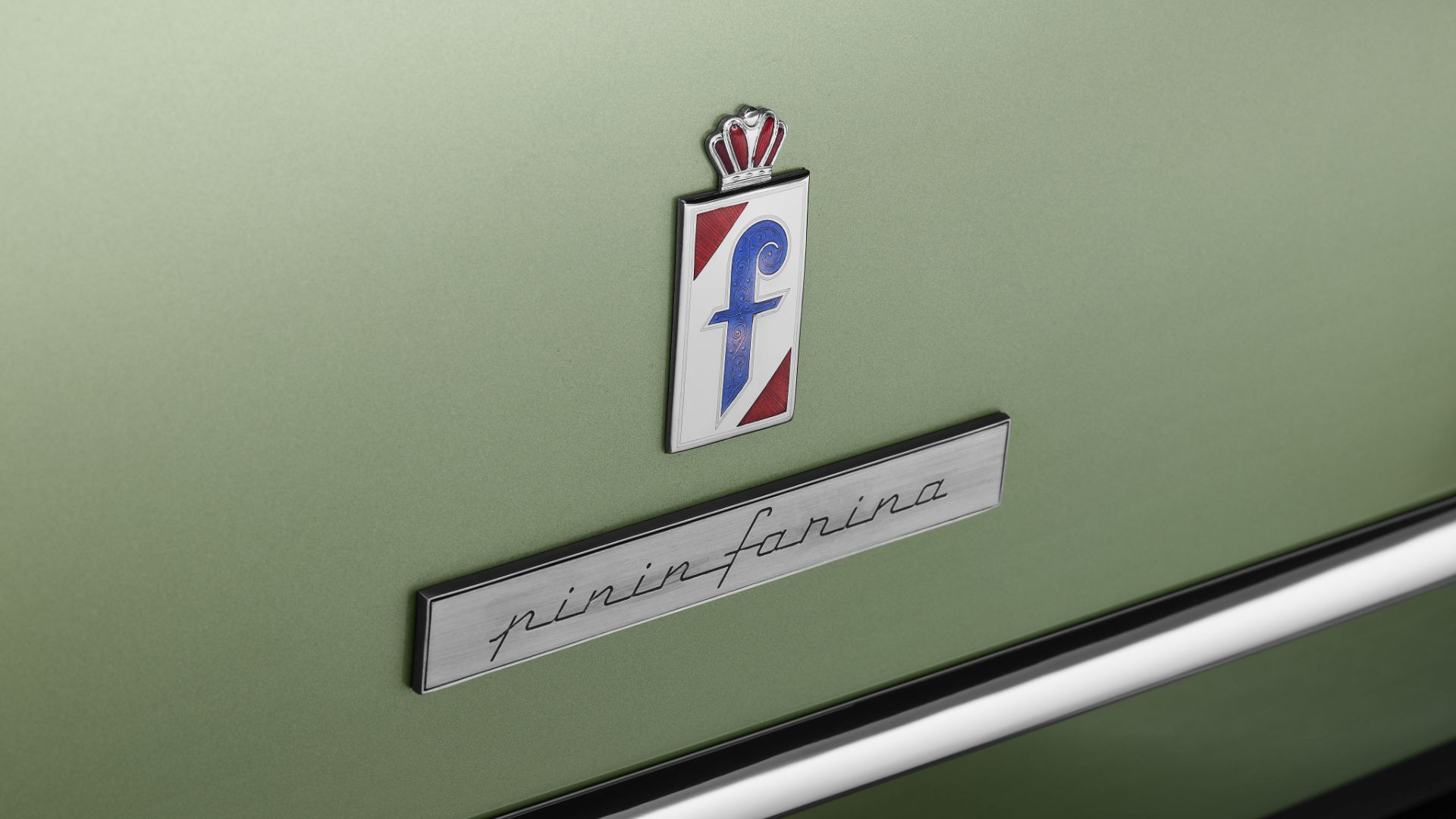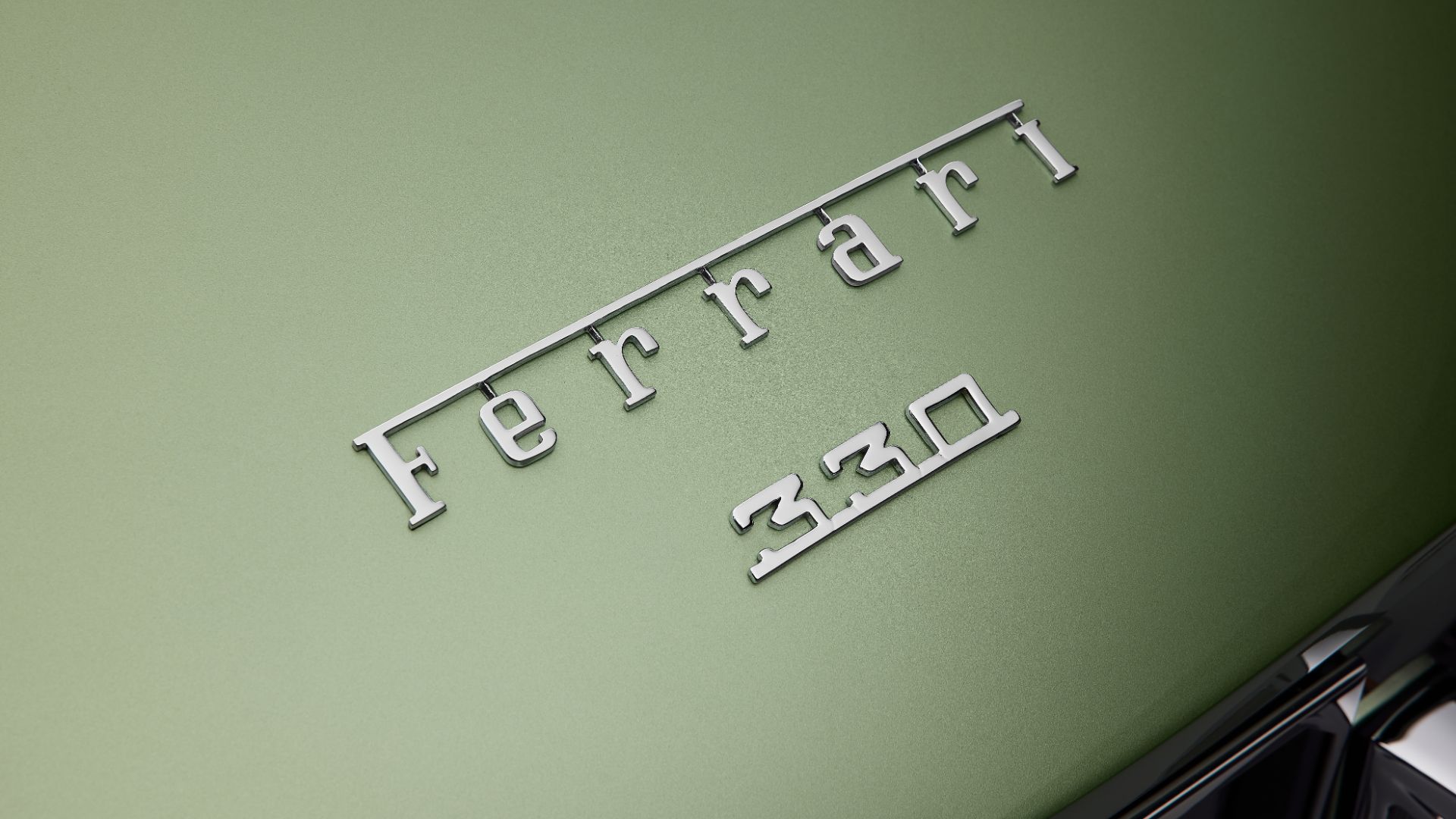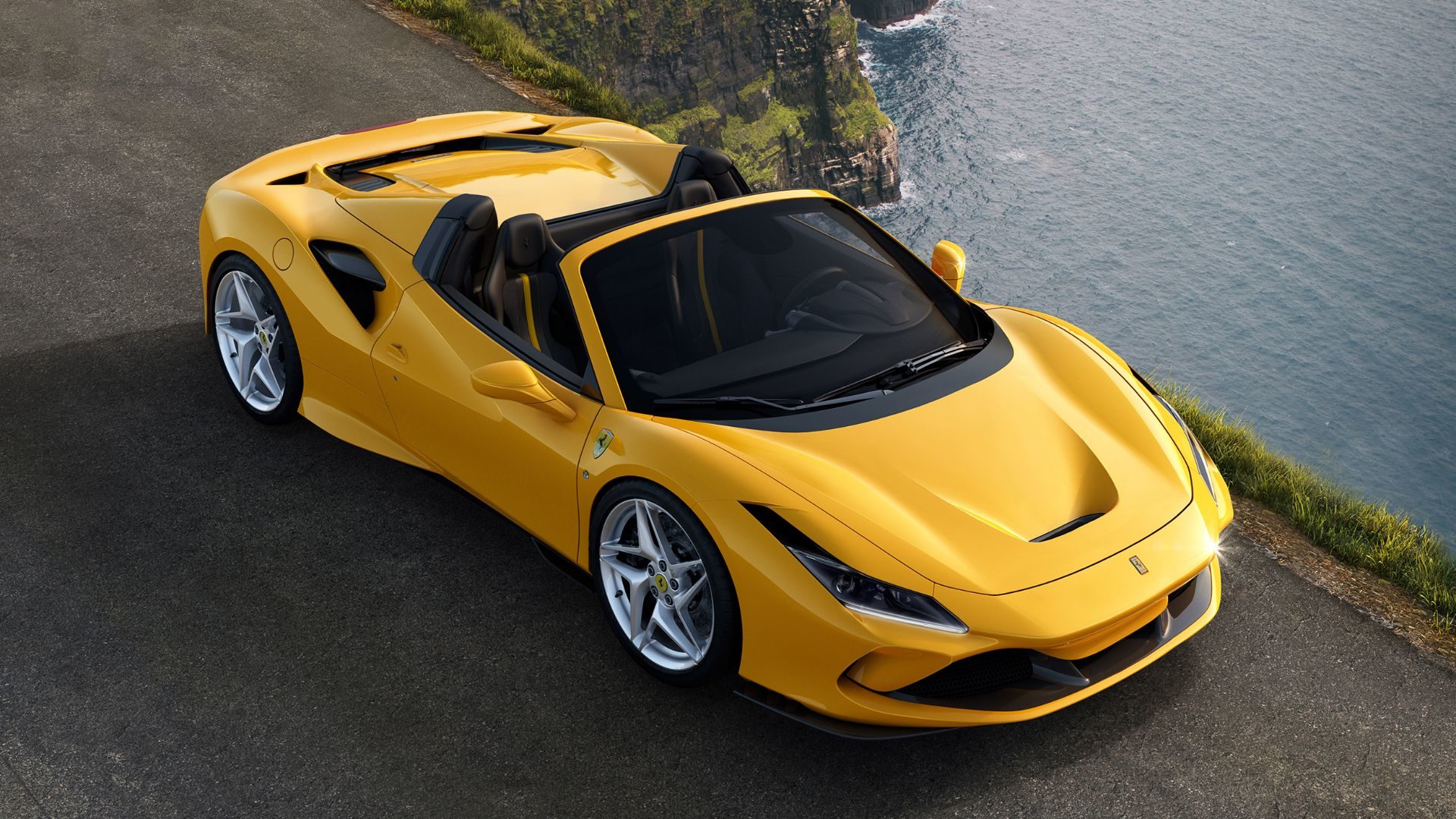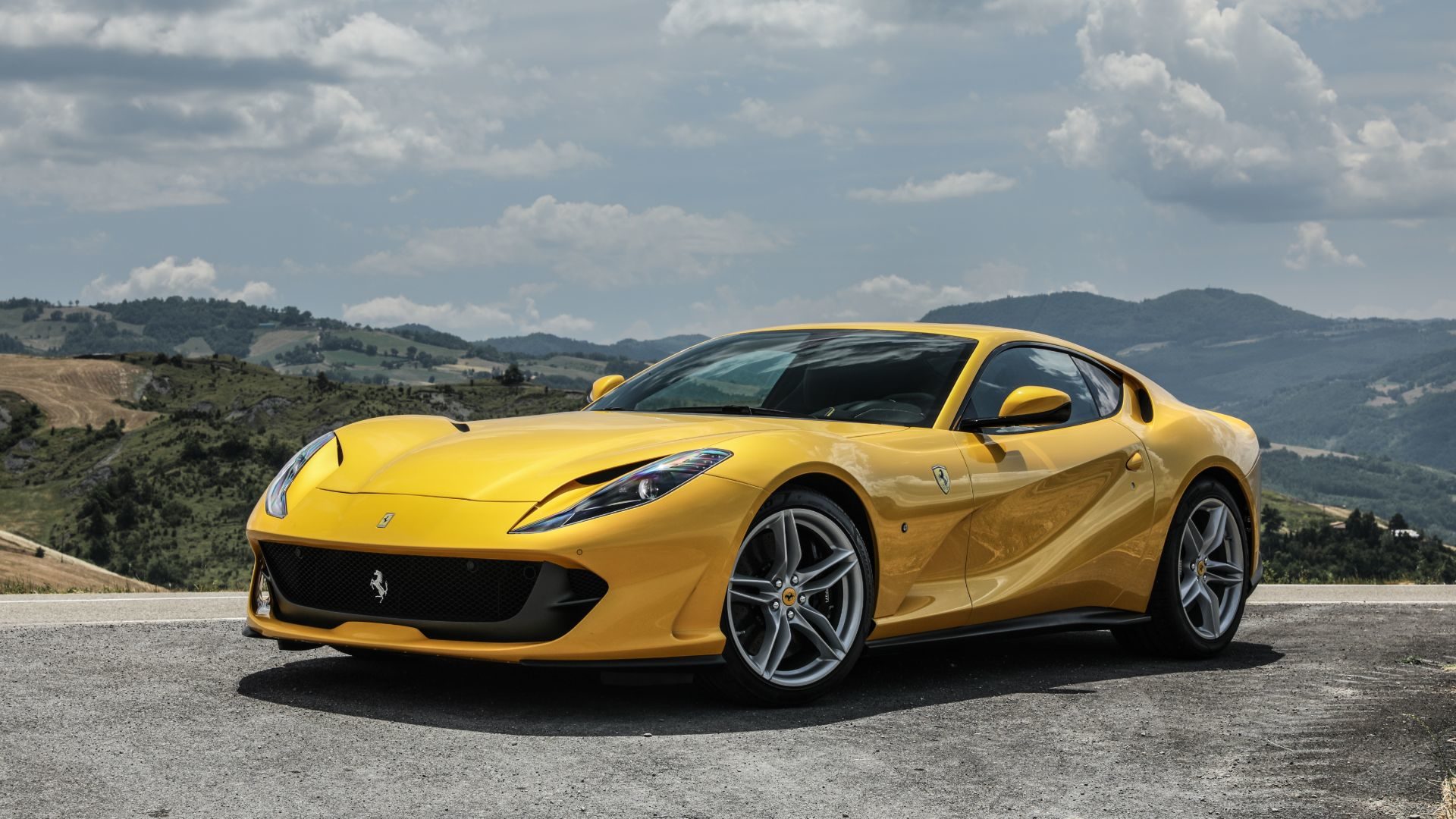The year is 1966, the time is shortly after breakfast, the place is the Geneva Motor Show. To a flurry of polite applause, Ferrari has just pulled the wraps off the glamorous 330 GTC.
Across the hall, however, the upstarts from the other side of Modena are about to reveal something extraordinary. Craning their necks over the jostling crowd, the men from Maranello catch a glimpse of the new Lamborghini Miura. They think it’s all over. It is now.
Horse vs. bull
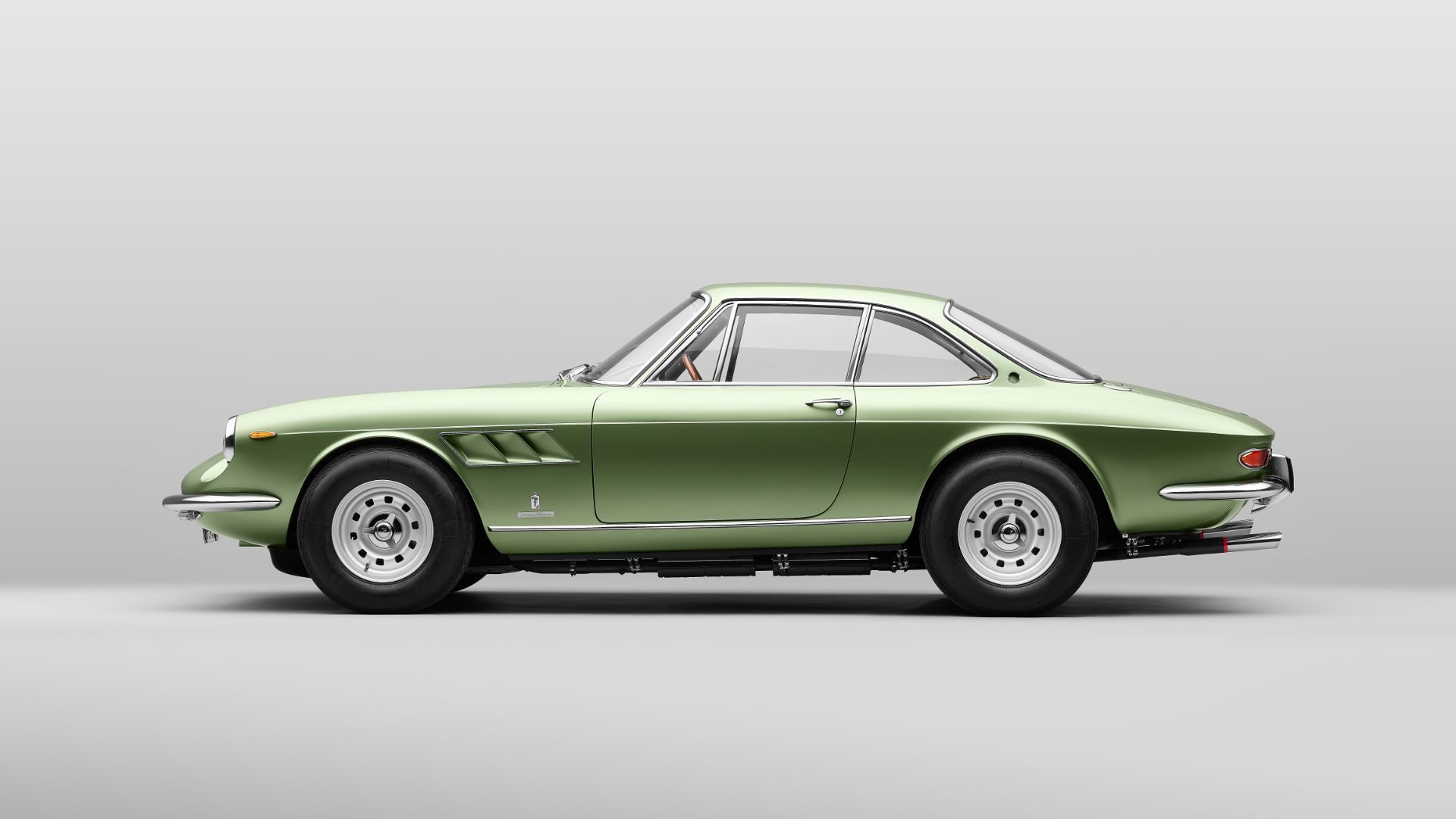
The Miura was the first mid-engined supercar and, even today, arguably the most beautiful object ever to wear number plates. It stole the show and left the 330 GTC looking like an also-ran.
In many ways, though, the front-engined Ferrari was a better car than its revolutionary rival. And, as this immaculate 1966 example attests, it too is a thing of rare beauty.
Ferrari’s 330 models – so-called because each cylinder of the 4.0-litre ‘Colombo’ V12 displaced 330cc – first arrived in 1963 with the 330 America. This was followed by the 330 GT 2+2, a refined grand tourer chosen by Enzo Ferrari as his personal car, then the two-seat 330 GTC.
With 300hp and a dry weight of just 1,300kg, the GTC could reach 62mph in 6.5 seconds and a top speed of 150mph. Some 600 were made, plus 100 examples of the 330 GTS convertible.
Just add walnuts
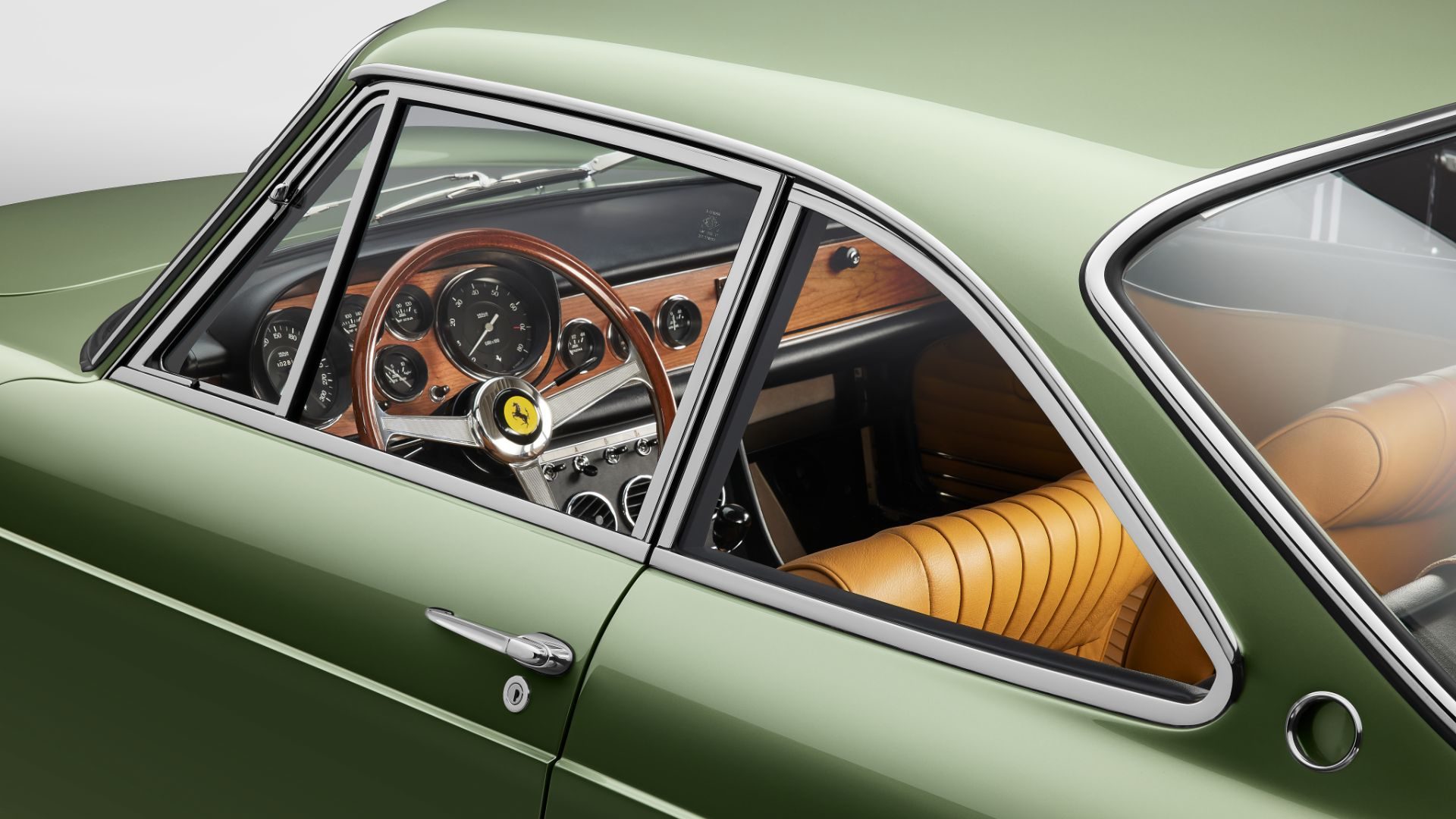
This particular 330 GTC has its own rust-to-riches Cinderella story. Three years ago, it was discovered in Caracas, Venezuela, with faded blue paint, tarnished chrome, kerbed magnesium alloy wheels, a whopping dent in the rear wing and a V12 that wouldn’t start.
After travelling thousands of miles in a shipping container, it was painstakingly returned to its former glory by Bell Sport & Classic in Hertfordshire. Then, in September, it won its class at the Salon Privé Concours d’Elegance, outshining some of the finest Ferraris in the world.
The restoration was led by Elliot East, who began by stripping the 330 GTC to a bare shell, then blasting its steel body and aluminium panels with crushed walnut shells. “It works better than sandblasting for potentially more fragile areas,” he explains.
The Ferrari was resprayed in its original Verde Chiaro Metallizzato, an understated and very elegant metallic green, with its cabin retrimmed in soft tan leather. Overall, East says he retained “99 percent of the car’s original parts”.
Alive and kicking
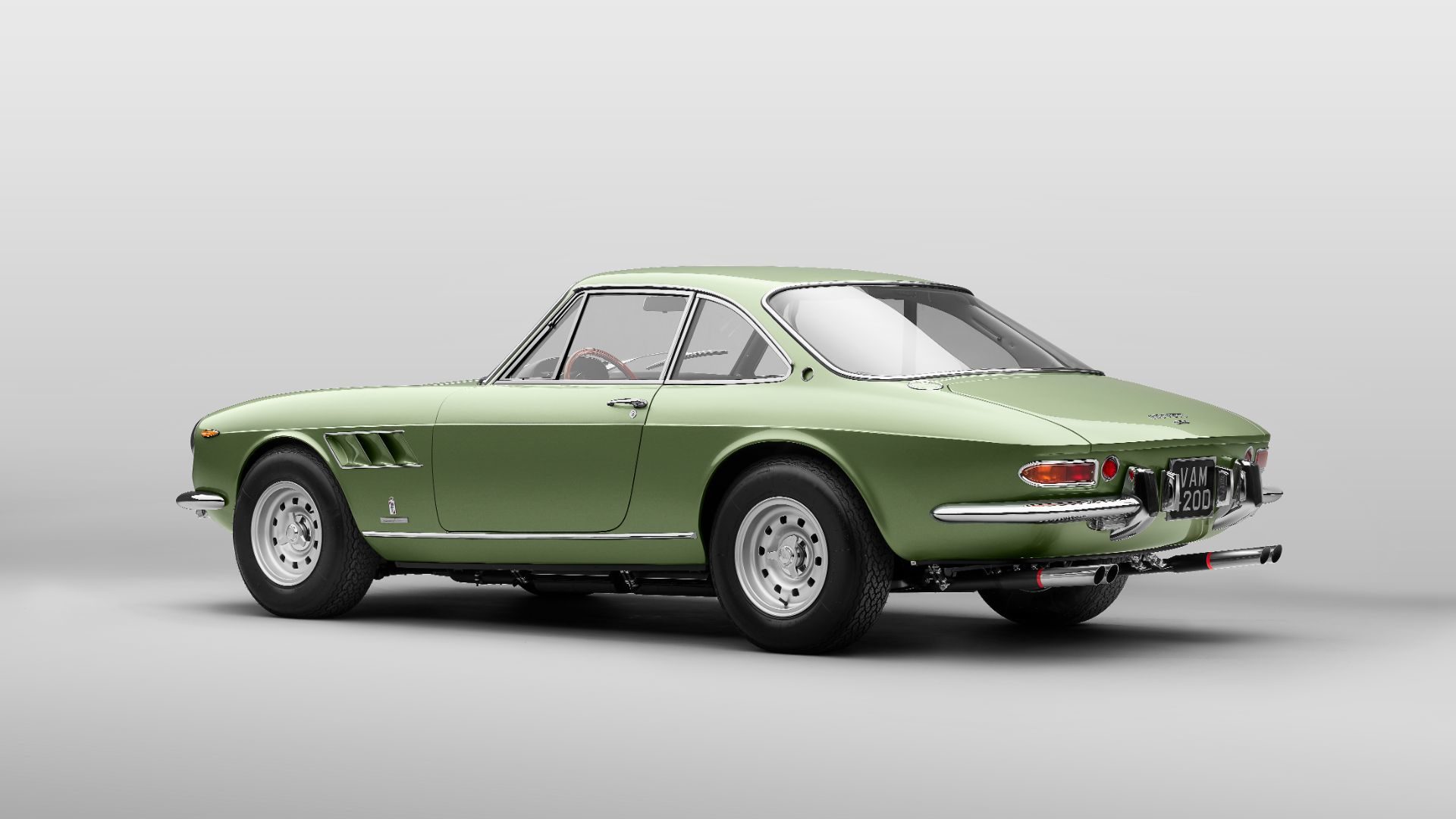
Even before you turn the key, the 330 GTC feels exquisitely special. Its skinny roof pillars offer a panoramic vista and the classic Veglia dials are models of clarity. Your hands settle upon the wood-rimmed Nardi wheel and the metal wand that stirs the open-gate gearbox. A Pininfarina logo is embossed on the giant chrome ashtray; even smoking was more stylish in the sixties.
The five-speed transaxle ’box needs patience and muscle until the oil warms through, while its dog-leg first gear is cumbersome in traffic. Once you’re rolling, though, the Ferrari comes alive, reacting hungrily to the throttle, its multi-layered cacophony building to an intense 7,000rpm crescendo.
I’ve said previously that Gioacchino Colombo’s immortal V12 is the finest engine ever made; my time with the 330 GTC only bolsters that belief.
Forever young
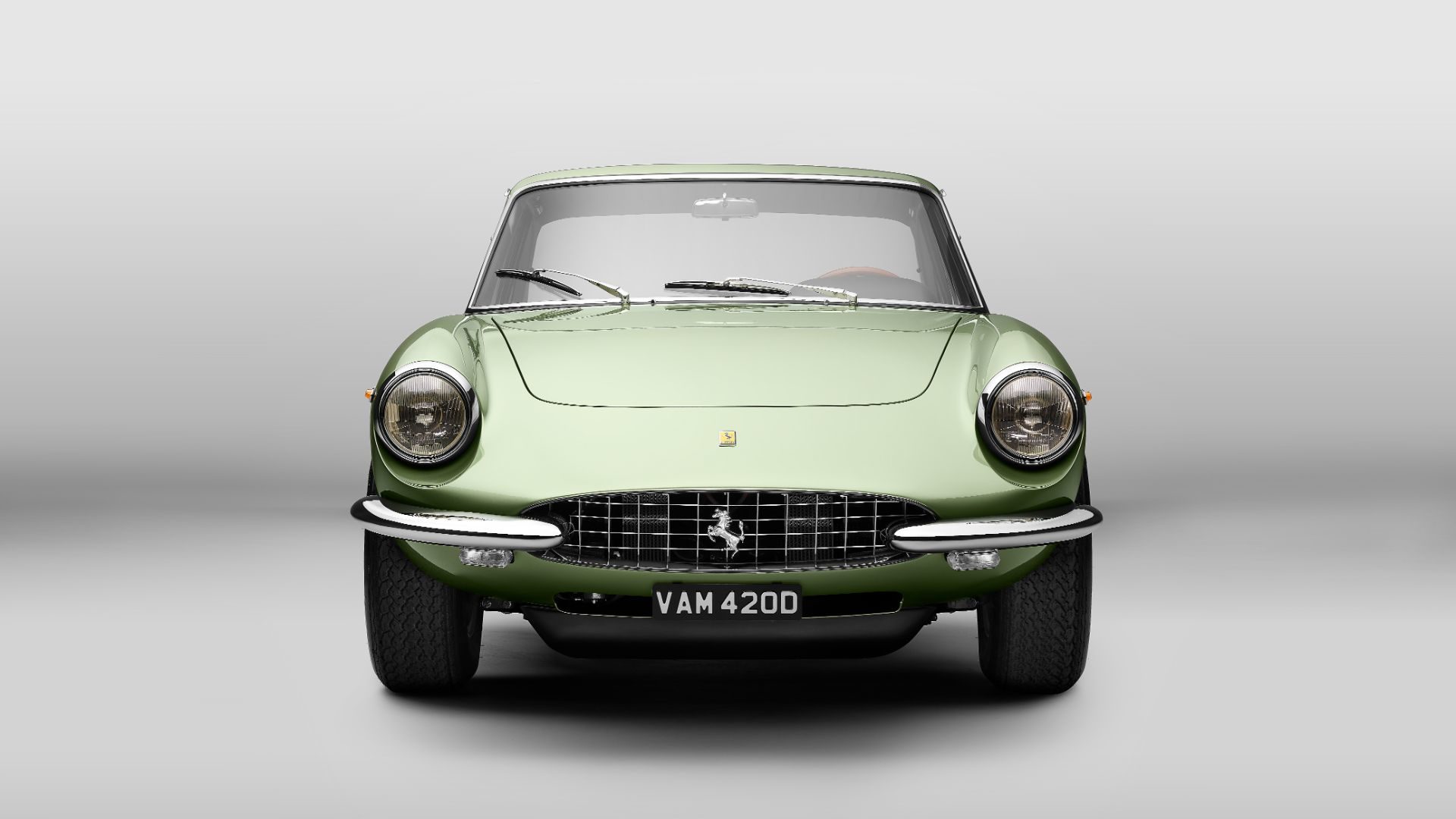
It may not be mid-engined, but the Ferrari does have independent rear suspension and perfect 50:50 weight distribution. On the road, it blurs the line between a supercar and a luxurious super-GT. There’s a keen sense of balance and flow, aided by a limber ride from the tall-profile tyres.
You quickly forget about its value (circa. £650,000 for a flawless 330 GTC like this one) and simply revel in driving it. At nearly 60 years old, this thing of beauty truly is a joy forever.
ALSO READ:
‘A car like no other’ – new Ferrari Purosangue SUV revealed in full
GTO Engineering 250 GT SWB Revival review
